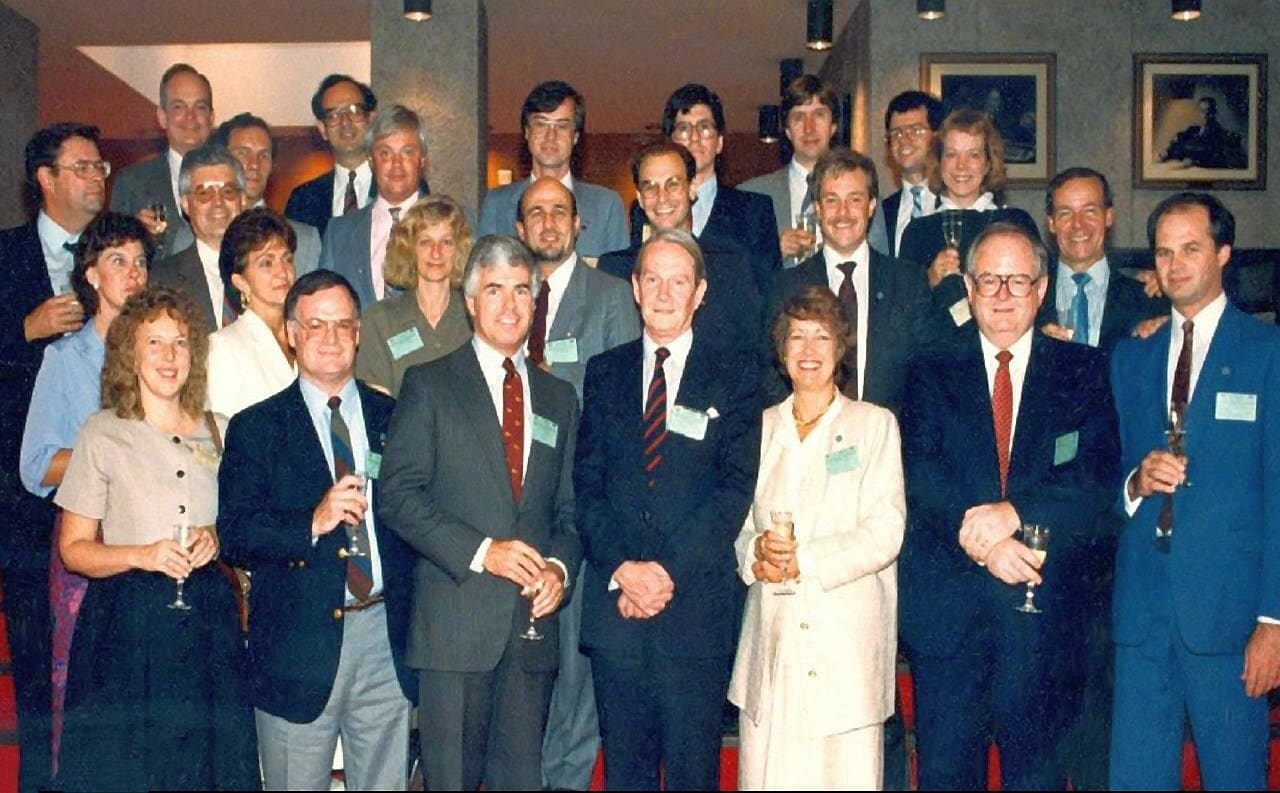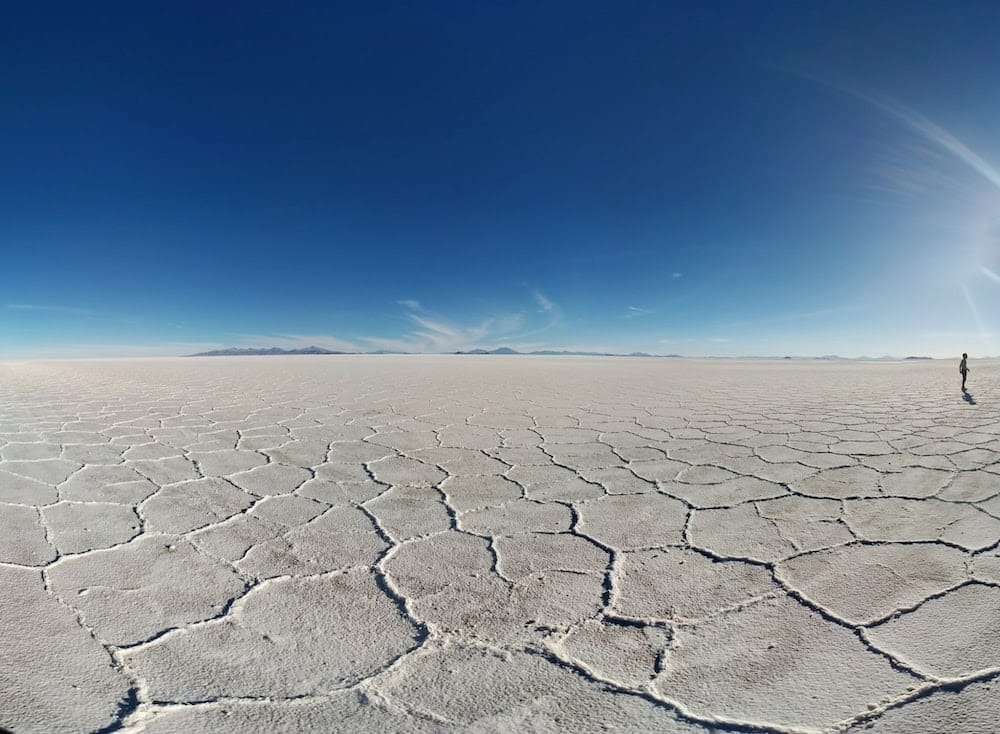
Top (l to r): Wayne Evans, Gordon Harris, Steve Hart, Georges Mezetta, ?, Jim Kerr, Nicole Jasmin, Tom McElroy, Vic Buxton, Roy Begin, Jon Allen, Peter Serafini, Tim Leah, Lewis Poulin, Margit Doneit, Ben Stafford.
Bottom: Lise Hyde, Elizabeth May, Lorette Goulet, Peter Higgins, Thomas McMillan, Clifford Lincoln, Julyan Reid, Alex Chisholm, Jean Cinq-In 1987, the Montreal Protocol against synthetic chemicals that also cause global warming was signed in Quebec, helping to protect the ozone layer.
At the root of what we call the “hole in the ozone layer” lies the emission of fluorinated hydrocarbons (CFCs, HCFCs), which are used as refrigerants (refrigerators and air conditioners), solvents (e.g. for cleaning electronics) or extinguishing agents, or in the production of aluminum and plastic foam.
These dangerous synthetic chemicals absorb infrared radiation very strongly and are chemically very stable. They account for a significant proportion of the greenhouse effect: their global warming potential (GWP) is 1,300 to 11,700 higher than that of CO₂.

CFC and HCFC products are responsible for destroying stratospheric (high-altitude) ozone and have been controlled and then progressively banned, since 1987, by the Montreal Protocol. They have been replaced by substances (HFCs) which no longer affect the ozone layer, but which, like their predecessors, have an extremely significant effect on global warming.
The 1987 Montreal Protocol reduced a major risk to health and life on Earth: the enormous “hole” in the ozone layer, through which the sun’s ultraviolet rays reached the earth almost unhindered, has since been significantly reduced thanks to the successful worldwide ban on CFCs and HCFCs.
Globally recognized, signed and resolutely implemented, the Montreal Protocol is a prime example of concerted international action. It is therefore considered to be the most successful environmental political action of all time.
1987 is a date to remember in the history of pollution control, and the Montreal Protocol has already contributed to the fight against global warming. By protecting plants from ultraviolet rays, enabling them to live and store carbon, it has prevented up to 1 degree Celsius of additional global warming. Work under the Kigali Protocol to progressively reduce greenhouse gas emissions and improve energy efficiency can further slow climate disruption.




